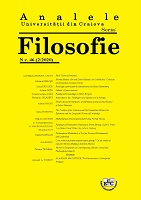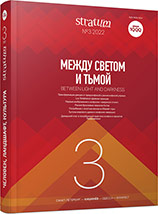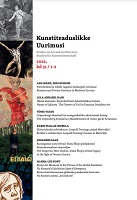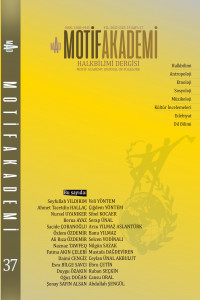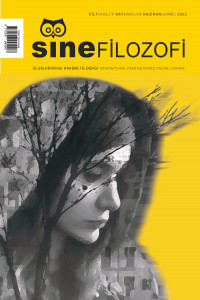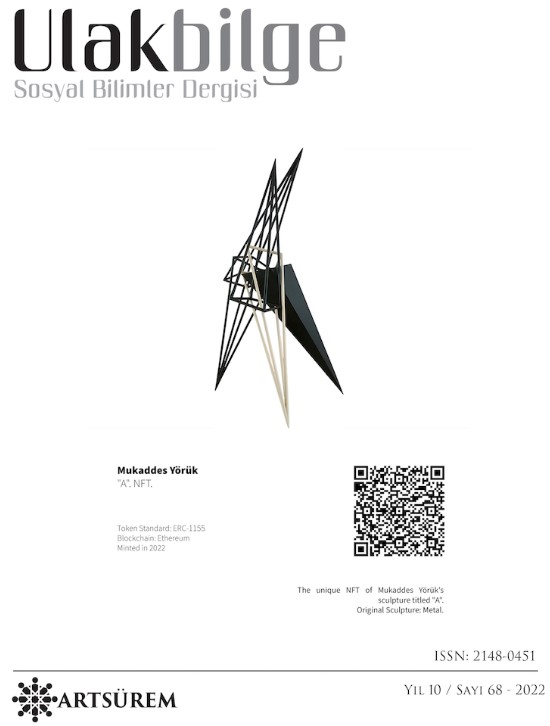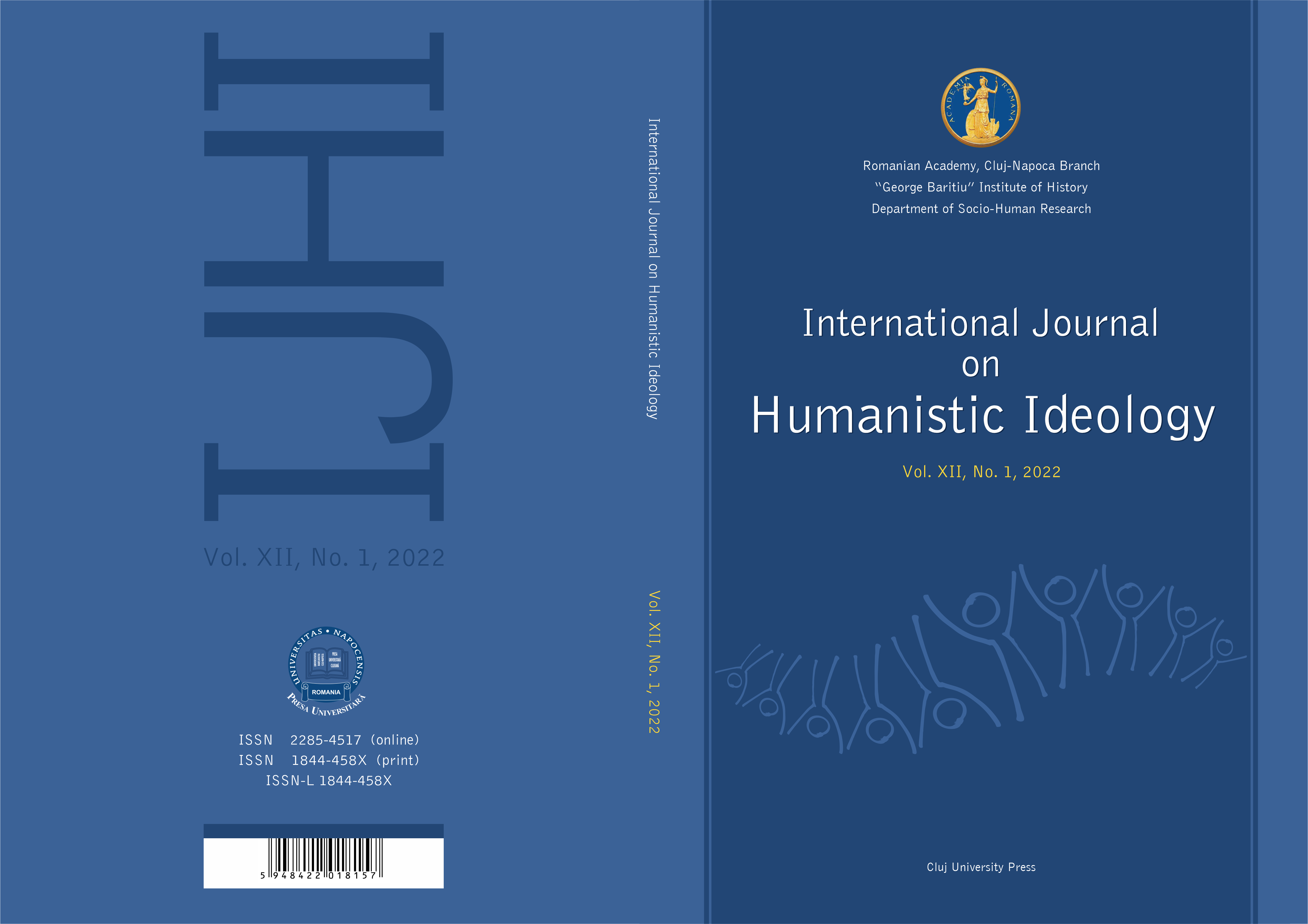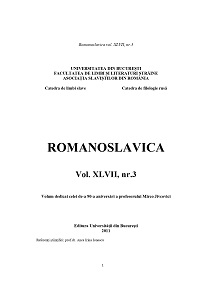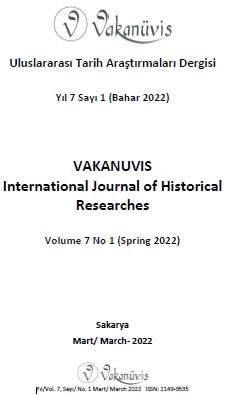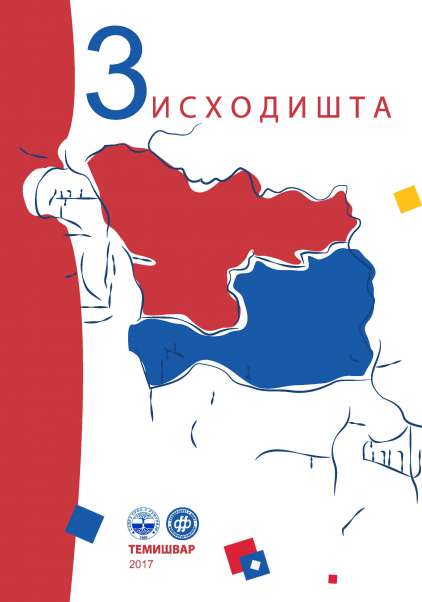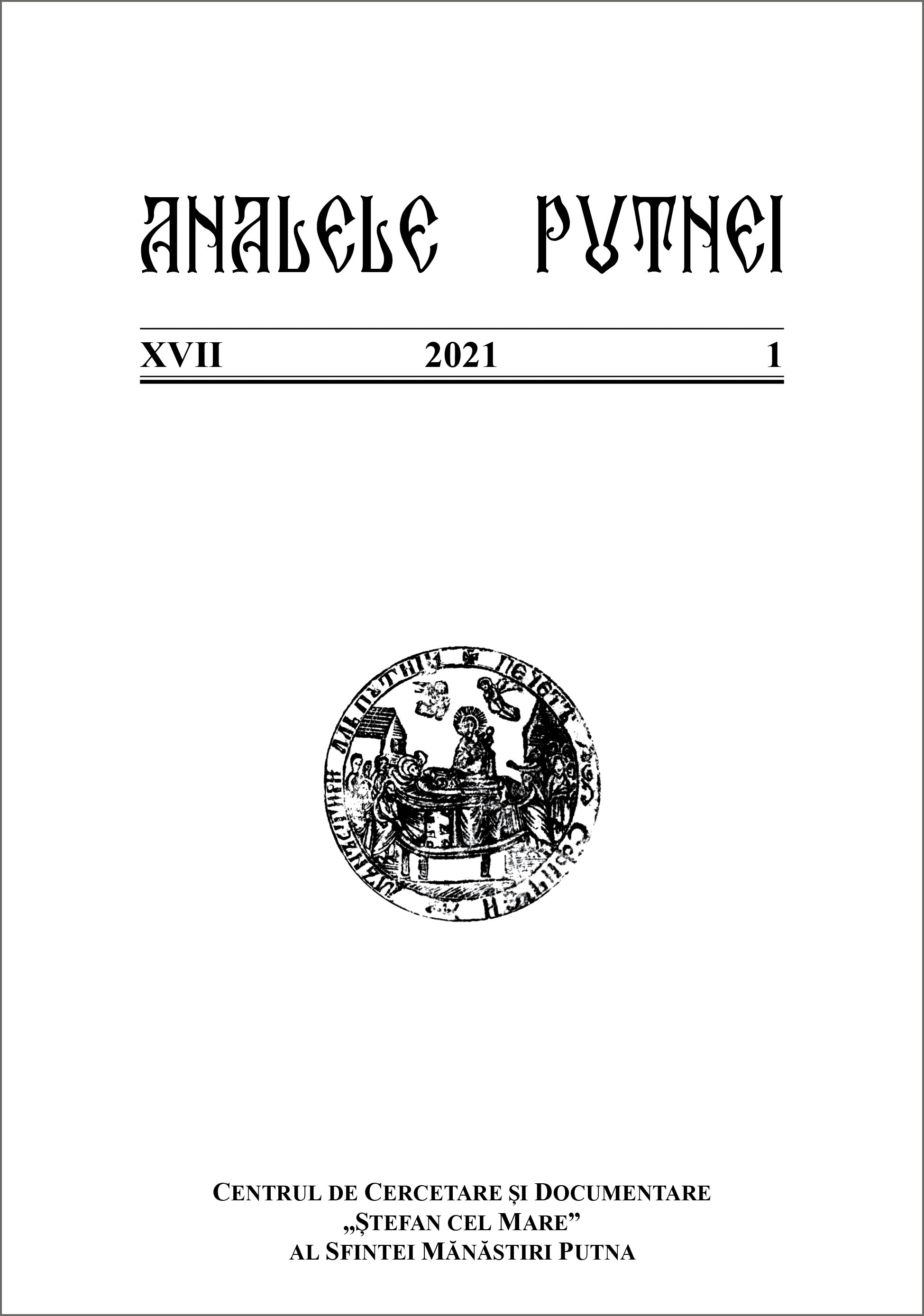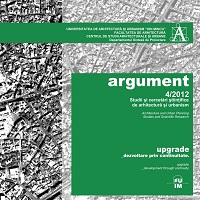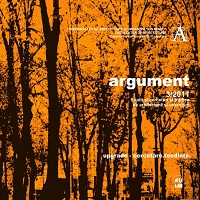Author(s): Alice Isabella Sullivan / Language(s): Romanian
Issue: 1/2021
The iconography, technique, and stylistic characteristics of the wooden box from the collection at Putna Monastery reveal aspects of the object’s origin and initial functions. The front of the box features a distinct Crucifixion scene, with six smaller panels on the sides, and a decorative border with vegetal designs surrounding human and angelic figures, as well as animals and fantastic creatures. The iconography of the main panel is rooted in earlier visual sources, including the types of religious images that developed between Byzantine and Western traditions, such as the Crucifixion icons of Crete, for example. In addition, some wooden objects kept in the collection of the Metropolitan Museum of Art in New York contain images and stylistic elements like those found on the Putna box. From a technical point of view, the wooden chest from Putna was made using the pyrographata technique, which uses a hot needle to incise the details and accentuate select elements using different colors. The wooden boxes decorated in this manner were produced in Italian workshops (especially the Venetian ones) and exported all over Europe, including in the Balkans and the Carpathian areas. These objects have been used in both secular and religious contexts. In this case, due to the Christian iconography on the main panel and the inside lid, the wooden box from Putna was certainly created to preserve religious objects. Finally, the carving technique used to create complex images visually and iconographically evokes the relief effects of embroidery. Indeed, the execution and arrangement of the composition on the main panel resembles antependia, or altar fronts, which were embroidered, woven, painted, or sculpted. The iconographic details, as well as the technical and stylistic features of the wooden box from Putna reveal aspects of the origin and initial function of this unique object from the monastery’s collection.
More...
